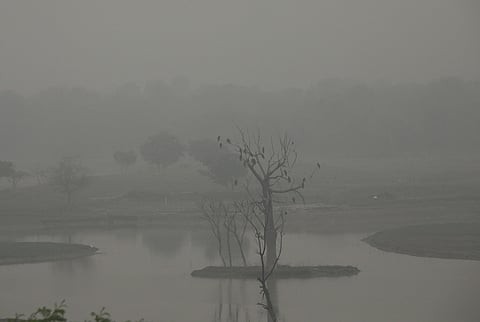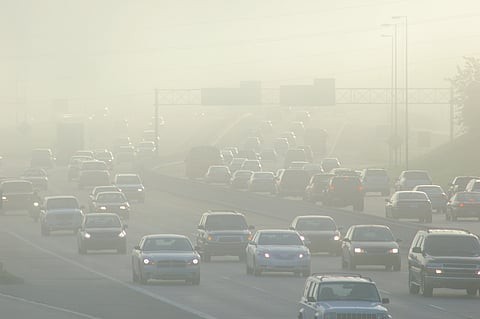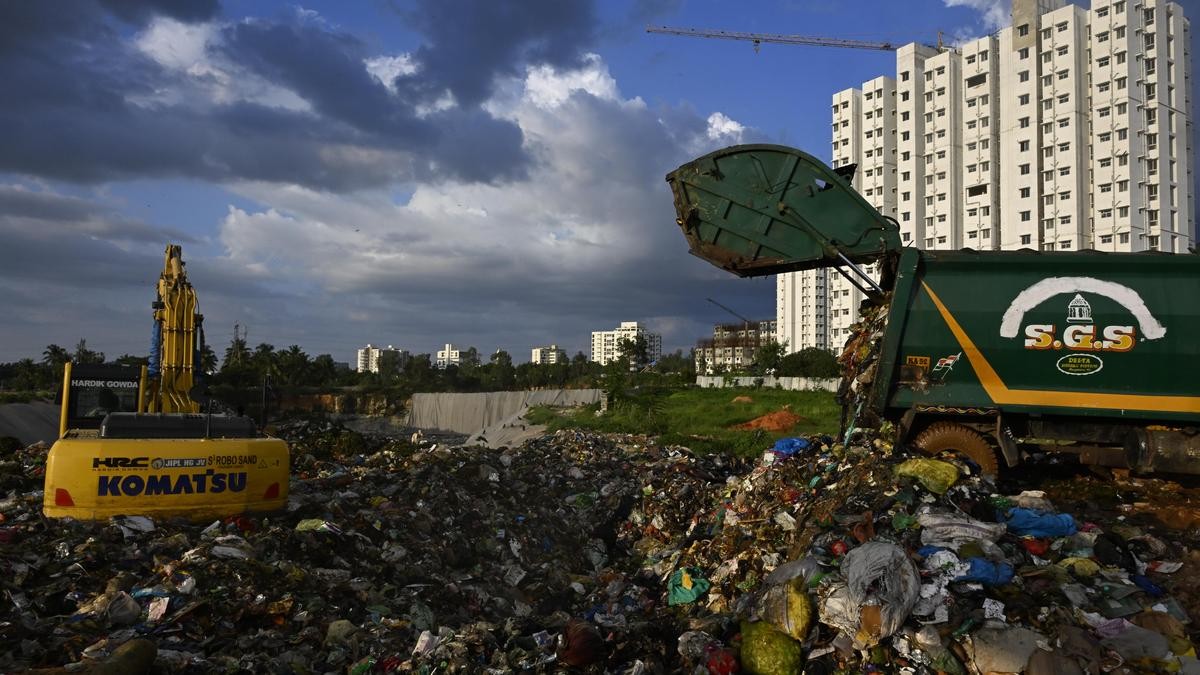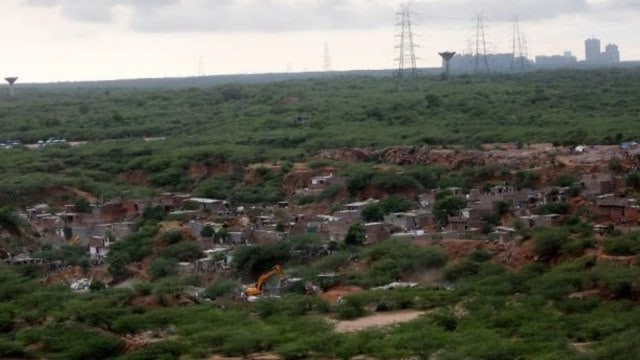Description
Disclaimer: Copyright infringement not intended.
Context:
- Recently, The Central Pollution Control Board (CPCB) had submitted a report to the National Green Tribunal (NGT).
- In this report, CPCB highlighted the issues related to the water quality of the Ganga River during the Maha Kumbh Mela.
- Water quality was poor, with high levels of fecal coliform bacteria. It indicates severe contamination from sewage. And It is making the water unfit for bathing.
- The report also mentioned that high levels of biological oxygen demand (BOD). It indicates organic pollution in the river.
What is Faecal Coliform ?
Faecal coliform bacteria is a class of microorganisms found in the excreta or waste produced by all warm blooded animals & humans.
What are Biochemical Oxygen Demand (BOD) and Chemical Oxygen Demand (COD)?

|
Parameter
|
Biochemical Oxygen Demand (BOD)
|
Chemical Oxygen Demand (COD)
|
|
Definition
|
Measure of oxygen consumed by microorganisms breaking down organic matter in water.
|
Measure of total oxygen needed to chemically oxidize all organic matter in water.
|
|
Scope
|
Only measures oxygen consumed by microbial activity.
|
Measures oxygen needed for complete oxidation (biodegradable and non-biodegradable).
|
|
Focus
|
Biological breakdown of organic pollutants.
|
Total oxidation of organic matter (both biodegradable and non-biodegradable).
|
|
Timeframe
|
Measured over a 5-day period at 20°C (BOD5).
|
Measured within hours using a strong chemical oxidizing agent.
|
|
Relevance
|
Indicates organic pollution that is biodegradable.
|
Indicates total pollution, including non-biodegradable substances.
|
|
Method of Measurement
|
Typically involves microbial activity in a water sample.
|
Involves chemical reagents, often potassium dichromate, to oxidize organic matter.
|
About Central Pollution Control Board (CPCB):
- The CPCB was established in September 1974 under the Water (Prevention and Control of Pollution) Act, 1974.
- Later, It was given additional powers under the Air (Prevention and Control of Pollution) Act, 1981, to control air pollution.
- The CPCB also provides technical support & services to the Ministry of Environment, Forests, & Climate Change under the Environment (Protection) Act, 1986.
- It also advises the Central Government on controlling and reducing air and water pollution.
- The CPCB coordinates with State Pollution Control Boards as well. it assists them & helps to resolve conflicts if there are disagreements between states on environmental issues.
Key Areas of CPCB’s Work:
- Setting Environmental Standards:
- National Ambient Air Quality Standards guidelines for air quality in different regions.
- Water Quality Standards criteria for water quality from various sources.
- Emission and Discharge Standards limits on pollutants released by industries, including air & water pollutants.
- Biomedical Waste Disposal standards for the treatment & disposal of biomedical waste.
- Noise and Emission Limits standards for noise from diesel engines & LPG/CNG generator
- Minimal National Standards (MINAS):
- The CPCB also formulates MINAS. It sets specific standards for various industries on the discharge of water pollutants, air pollutants, noise levels, & solid waste.
- These standards also must be followed by State Governments as the minimum requirements for industrial activities.
Source: Livelaw
|
PRACTICE QUESTION
Q. Biological Oxygen Demand (BOD) is a standard criterion for
a) Measuring oxygen levels in blood
b) Computing oxygen levels in forest ecosystems
c) Pollution assay in aquatic ecosystems
d) Assessing oxygen levels in high altitude regions
Answer : c
Explanation:
Biological Oxygen Demand (BOD) is a standard criterion for pollution assay in aquatic ecosystems. It measures the amount of oxygen required by microorganisms to break down organic matter in water, which helps assess the level of pollution in water bodies.
|












